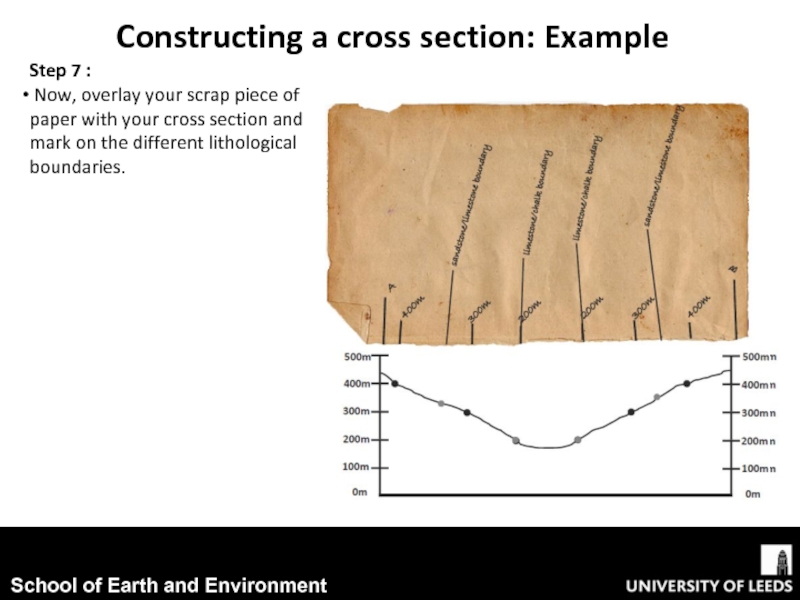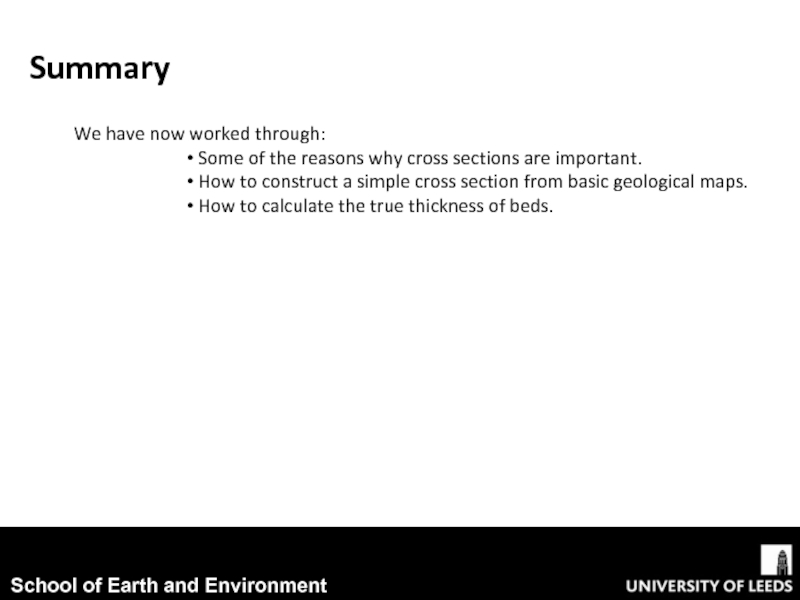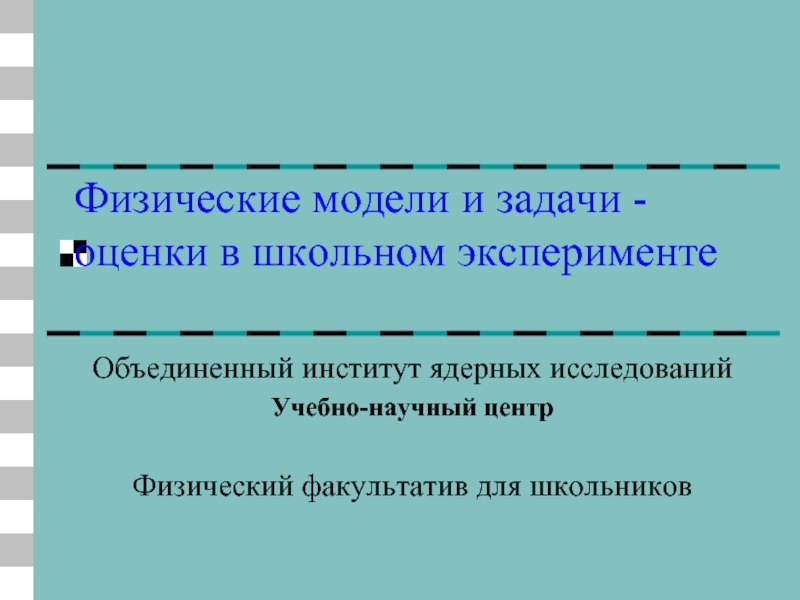- Главная
- Разное
- Дизайн
- Бизнес и предпринимательство
- Аналитика
- Образование
- Развлечения
- Красота и здоровье
- Финансы
- Государство
- Путешествия
- Спорт
- Недвижимость
- Армия
- Графика
- Культурология
- Еда и кулинария
- Лингвистика
- Английский язык
- Астрономия
- Алгебра
- Биология
- География
- Детские презентации
- Информатика
- История
- Литература
- Маркетинг
- Математика
- Медицина
- Менеджмент
- Музыка
- МХК
- Немецкий язык
- ОБЖ
- Обществознание
- Окружающий мир
- Педагогика
- Русский язык
- Технология
- Физика
- Философия
- Химия
- Шаблоны, картинки для презентаций
- Экология
- Экономика
- Юриспруденция
Basic cross sections презентация
Содержание
- 1. Basic cross sections
- 2. Introduction to cross sections This presentation
- 3. Introduction to cross sections A key
- 4. Calculating true thickness of a bed
- 5. Constructing a cross section: Example Step 1
- 6. Constructing a cross section: Example Step 2:
- 7. Constructing a cross section: Example Step 3
- 8. Constructing a cross section: Example Step 4
- 9. Constructing a cross section: Example Step 5
- 10. Constructing a cross section: Example Step 6
- 11. Step 7 : Now, overlay
- 12. Constructing a cross section: Example Step 8
- 13. Now have a go at the
- 14. Constructing a cross section: Problem Answer to question 1:
- 15. Constructing a cross section: Problem Often
- 16. Constructing a cross section: Problem Answer to question 3:
- 17. Summary We have now worked through:
Слайд 1Exercise set 3:
Basic cross sections
To view this exercise just press F5
Слайд 2Introduction to cross sections
This presentation is to be completed in
Objectives:
By the end of this exercise you should:
Understand the importance of cross sections.
Be able to construct cross sections from basic geological maps.
Be able to calculate true thickness of beds.
Слайд 3Introduction to cross sections
A key goal of structural geologists is
Unfortunately all that can be directly observed are rocks at the Earth’s surface or, in special cases, one dimensional information obtained from well logs.
The shape of the structures below the surface and the projection of those features into the air (before they were eroded) must be inferred.
Cross sections are 2-D educated guesses at the geology along a plane different from the Earth’s surface.
Although this plane is almost always vertical, there are instances where it is desirable to project geologic structures into a dipping plane.
As is true of many problems in geology, there are often numerous possible interpretations of the same data.
The best we can do in drawing a cross section is to come up with an interpretation that is consistent with all the available data.
Слайд 4Calculating true thickness of a bed
Calculating true thickness from a
True thickness (t) = width of outcrop (w) x sin (θ) (angle of dip)
Example: If the width of an outcrop is 100m and has a dip of 14o then
t = 100m x sin(14)
t = 24.2 m
Слайд 5Constructing a cross section: Example
Step 1 :
First determine the line
Be representative of the study area.
Cross all major structural features (e.g. faults and folds)
have appropriate data on the map or well logs to draw a complete section.
Often be drawn perpendicular to major structural features.
Here is our original map. Fill in the example on exercise sheet 3 as we run through it.
Слайд 6Constructing a cross section: Example
Step 2:
Now on some graph paper
cross section.
Then add y axes to both ends, that have a relevant scale to the topographic contours.
So that it looks something like this:
Слайд 7Constructing a cross section: Example
Step 3 :
Using a scrap
Слайд 8Constructing a cross section: Example
Step 4 :
Now, overlay your
Слайд 9Constructing a cross section: Example
Step 5 :
If you join
Слайд 10Constructing a cross section: Example
Step 6 :
Now, with your
Слайд 11Step 7 :
Now, overlay your scrap piece of paper
Constructing a cross section: Example
Слайд 12Constructing a cross section: Example
Step 8 :
Now, extrapolate from
However for this example, as the unit boundaries followed the contours, they are evidently horizontal (remember The Law of “V’s”)
Now you have drawn an accurate, to scale, cross section.
Слайд 13 Now have a go at the next problem by yourself,
Then check your answers on the following slides.
Questions
Geological outcrops are shown in the NW corner of the map.
Complete the geological outcrops over the whole map.
Draw a vertical columns showing each of the beds in stratigraphic order and to scale (use a scale of 1cm = 100m). Indicate the actual thickness of each bed.
Draw a section along the line A-B.
Constructing a cross section: Problem
Слайд 15Constructing a cross section: Problem
Often a jagged line is drawn
As these beds are horizontal the actual thickness is the same as the outcrop width.
Answer to question 2:
Слайд 17Summary
We have now worked through:
Some of the reasons why cross
How to construct a simple cross section from basic geological maps.
How to calculate the true thickness of beds.






















